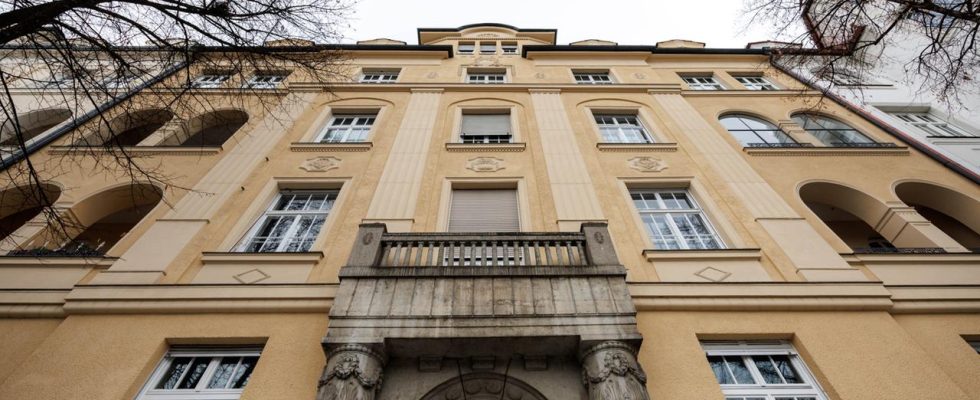According to the law, people with physical limitations should be able to get into their homes more easily. The BGH has specified how this is to be understood – and allowed an outside elevator in an apartment building.
The dispute concerns a multi-story residential building in Munich, consisting of two parts – a front building and a rear building. The entire complex was built between 1911 and 1912 and is a listed building. The rear building used to be a so-called servants’ house, where the servants used to live. The facade there is rather simple and the stairwell is very narrow.
Two apartment owners, whose apartments are in the upper area of the rear building, want to have an outside elevator installed there at their own expense. One of the owners is 70-year-old Klaus Ehrl: “If I want to go up to the apartment, I have to climb over 100 steps. That was the former servants’ quarters, so the staircase is correspondingly narrow,” he explains the reasons why he installed an outside elevator considers necessary.
The majority of owners see the elevator as a limitation
But the majority of the homeowners’ association rejects the outdoor elevator. This makes it too narrow in the inner courtyard, according to the property manager Kai Herzog, who represents their interests. “The majority of owners assume that an elevator – regardless of the form in which it is installed – would be a major structural measure. This would make the inner courtyard even narrower and unnecessarily restrict the space for bicycles and garbage cans.”
In a landmark ruling, the Federal Court of Justice has now clarified which standards apply in such disputes and how the legal provisions are to be interpreted.
The background is a change in regulations by the 2020 legislature to strengthen the rights of people with disabilities. According to Section 20 Paragraph 2 of the Home Ownership Act (WEG), every individual home owner can request structural changes to or in the house if this enables people with disabilities easier access to the apartments. According to the law, the structural changes must be “appropriate”.
Changes should only be rejected in “absolute exceptions”.
The BGH has now specified for the first time what this means: Structural changes are only inappropriate in absolutely exceptional cases, according to the presiding judge of the 5th Civil Senate of the BGH, Bettina Brückner: “This can only be assumed in exceptional circumstances or exceptional requests ” she justified.
However, interventions in the building structure, usual restrictions on the use of common property and visual changes to the complex, for example due to extensions that serve to ensure accessibility, are appropriate.
In this specific case, according to the Federal Court of Justice, the addition of an outdoor elevator was in any case appropriate. The other apartment owners therefore have to accept the extension.
The initiator bears the costs for conversion
According to legal regulations, apartment owners do not have to accept structural changes if they fundamentally redesign and change the entire residential complex. But this is not the case here, according to the BGH.
The highest German civil court emphasizes in its decision that construction measures that serve accessibility must be paid for by the apartment owner who requests the measure. The community of owners is spared the costs. This is also expressly regulated in Section 21 Paragraph 1 WEG.
Ref. V ZR 244/22 and V ZR 33/23
Klaus Hempel, SWR, tagesschau, February 9, 2024 12:40 p.m

